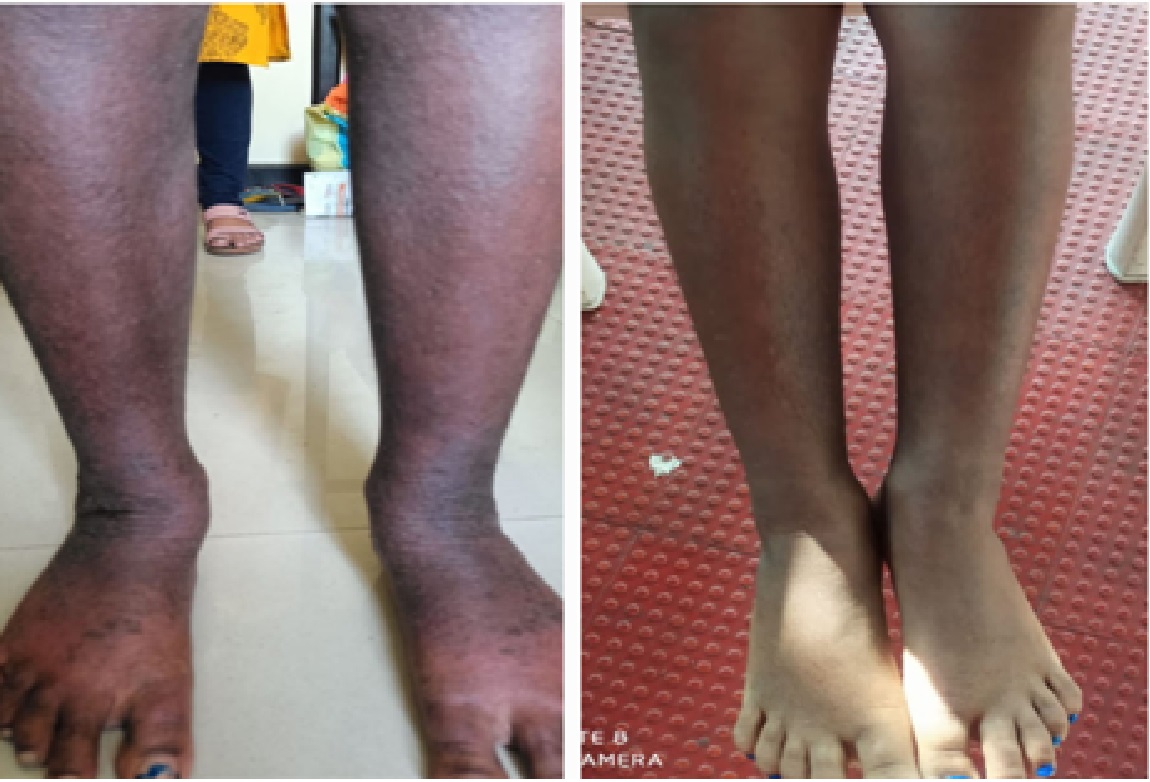A Case Study on the Ayurvedic Management of Childhood Atopic Dermatitis
Abstract
Atopic Dermatitis (AD) is a chronic inflammatory skin condition with impaired cell-mediated immune function and compromised skin barrier. It is characterized by erythema, oedema, vesicles, oozing in the acute stage, and thickening and hyperpigmentation (lichenification) in the chronic stage. The incidence of skin diseases is increasing day by day. Other medical systems provide temporary relief but not a complete cure. Ayurveda can contribute remarkably in the management of skin problems. Atopic dermatitis comes under Twak vikaras which can be correlated with Charmadala described in Kashyapa samhitha. This is the case report of a nine-year-old girl with dry, itchy and scaly skin associated with blackish excoriated lesions and oozing. She visited the outpatient department of Government Ayurveda Hospital. Ayurveda medications were administered along with dietary advice for a period of three weeks, followed by inpatient treatment with internal medications along with Snehapana (intake of ghee) followed by Vamana (emesis) and external procedures like Dhara (pouring of medicated liquids) with Kushtahara (alleviates itching) and Kandughna (anti-pruritic) Dravyas along with dietary advice for a period of one month. Encouraging results were observed in the form of a reduction in itching, dryness, and excoriation. The efficacy of the treatment was assessed using SCORAD (scoring atopic dermatitis scale), where the pre-value is 54.7 and the post-value is 17. On POEM (patient-oriented eczema measure) scale evaluation the condition changed from severe eczema to clear or almost clear. Dietary restrictions and internal medication must be continued to prevent the recurrence of the condition.
Downloads

Copyright (c) 2023 International Journal of Ayurveda and Pharma Research

This work is licensed under a Creative Commons Attribution-NonCommercial-ShareAlike 4.0 International License.






